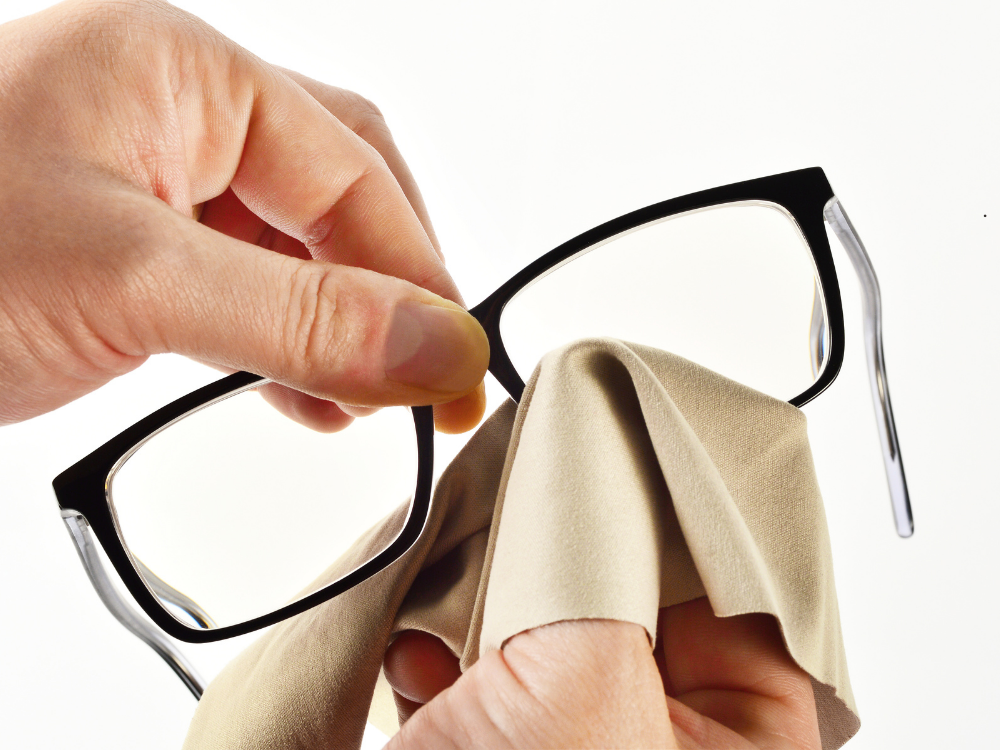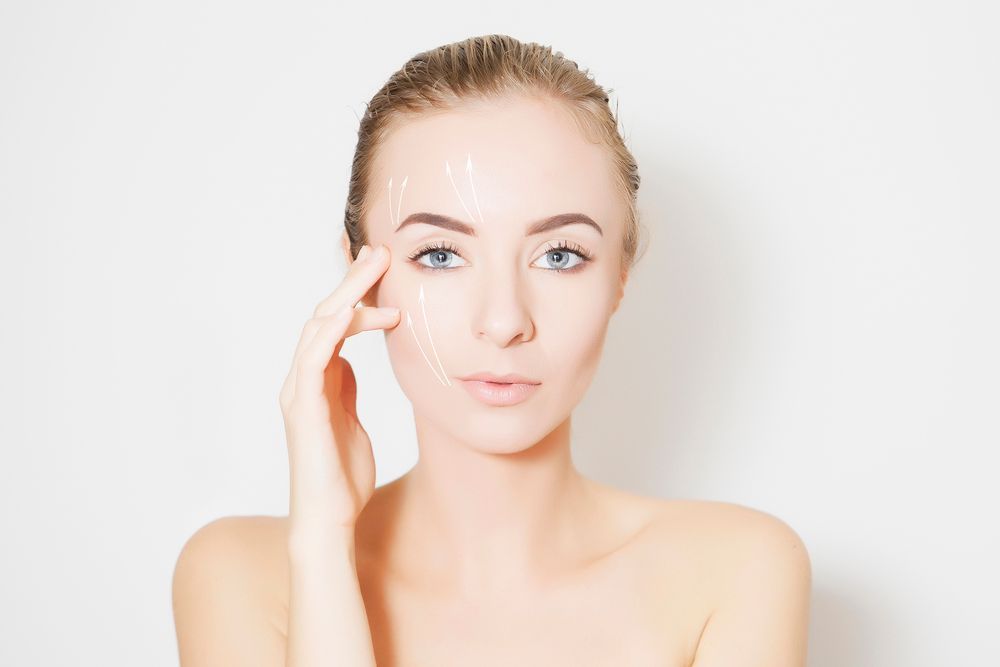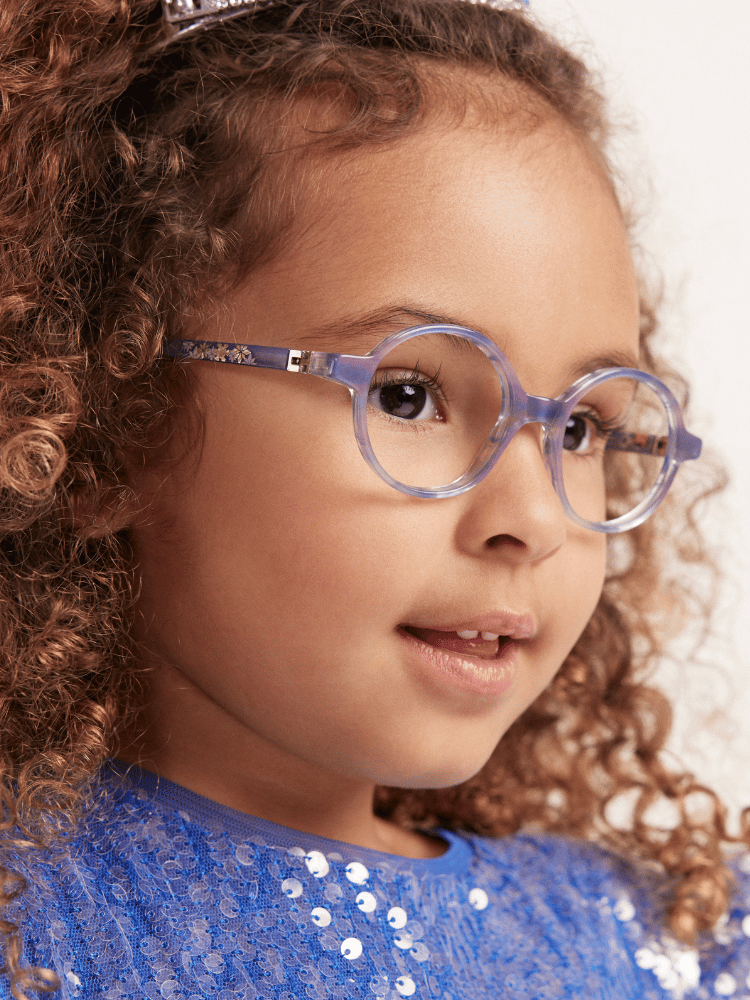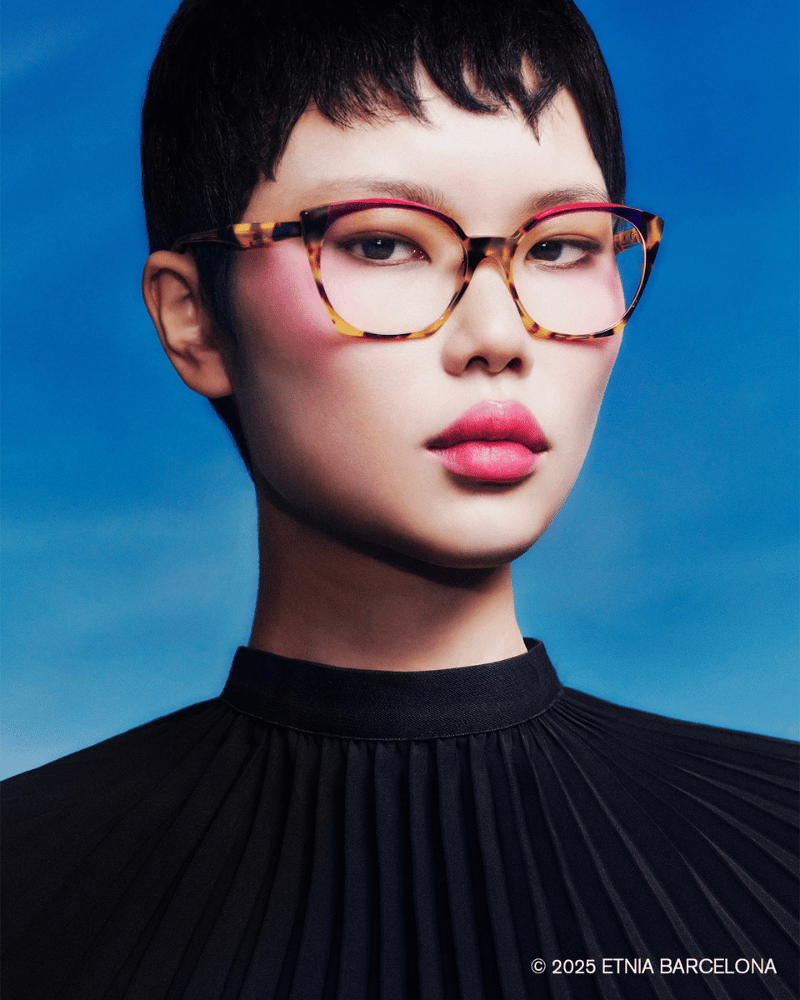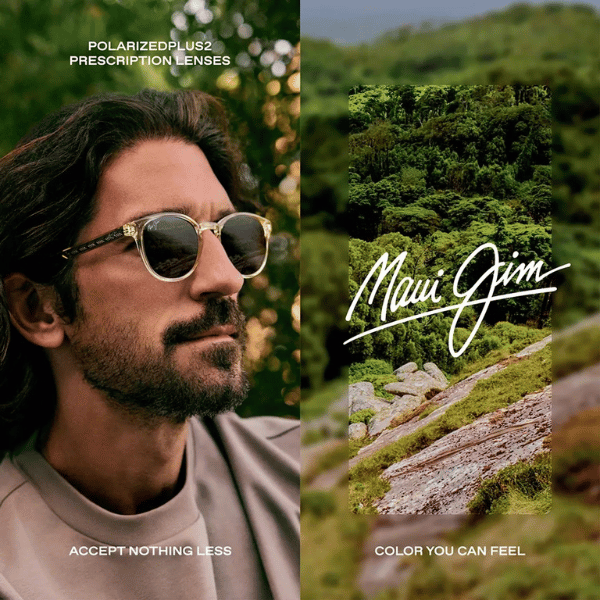EYE MAKEUP AND COSMETIC PROCEDURES: THE THINGS THEY DON’T TELL YOU
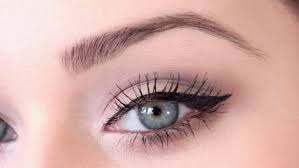
“Hypoallergenic”
“Non-toxic”
“Eye-safe”
If these words are listed on the next cosmetic product you purchase, it must be safe, right? Not necessarily. While the cosmetic industry in Canada and Europe is more heavily regulated than in the US, many products and treatments that may be considered safe for the skin can be harmful to the eyes.
There are several important factors to consider when considering whether to use a cosmetic product or treatment in or around the eyes:
· Will it interfere with the normal production of tears and contribute to Dry Eye Disease?
· Will it be toxic to the surface of the eye? (the tissues of the eye are much more sensitive than the skin)
· Will it promote inflammation and redness?
· Will it interfere with any natural processes (example: Botox for crow’s feet – can interfere with the normal “blink reflex” which can worsen Dry Eye Disease)
· Will it contribute to bacterial overgrowth?
Unfortunately the answer to many of these questions is “yes” for products we may use on a regular basis.
Here is a quick reference guide to help you make the right decision about the next cosmetic treatment you are considering for your eyes:
Ingredients to avoid in your eye makeup:
· Alcohol
· Argirelene (Acetyl Hexapeptide-3)
· Benzalkonium chloride (BAK)
· Ethylenediaminetetraacetic Acid (EDTA)
· Formaldehyde
· Isopropyl Cloprostenate
· Parabens
· Phenoxyethanol
· Retinol
· DMDM Hydantoin
· Ureas
· Quaternium-15
· Sodium Hydroxymethylglycinate
Cosmetic Eye Treatments to avoid:
· Botox for Crow’s feet
· Botox-in-a-jar
· Eyelash Extensions
· Eyelid Tattooing
· Eyelash Tinting
· Eyeshadow Powder or Glitter
· Over-the-counter Eyelash Growth Serums
· Retin-A
· Sharing Eye Makeup
· Waterproof Eye Makeup
(Source: https://www.dryeyediva.com/insights )

